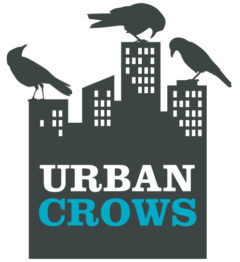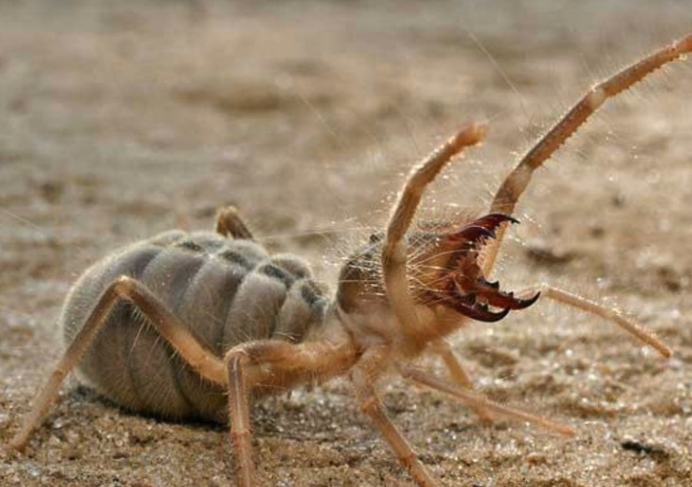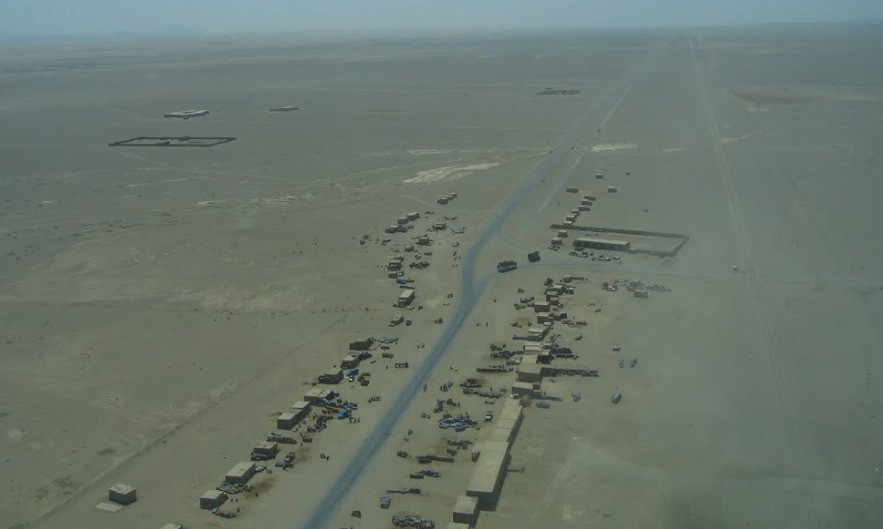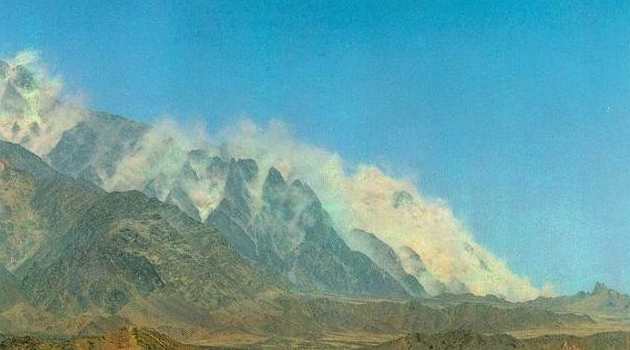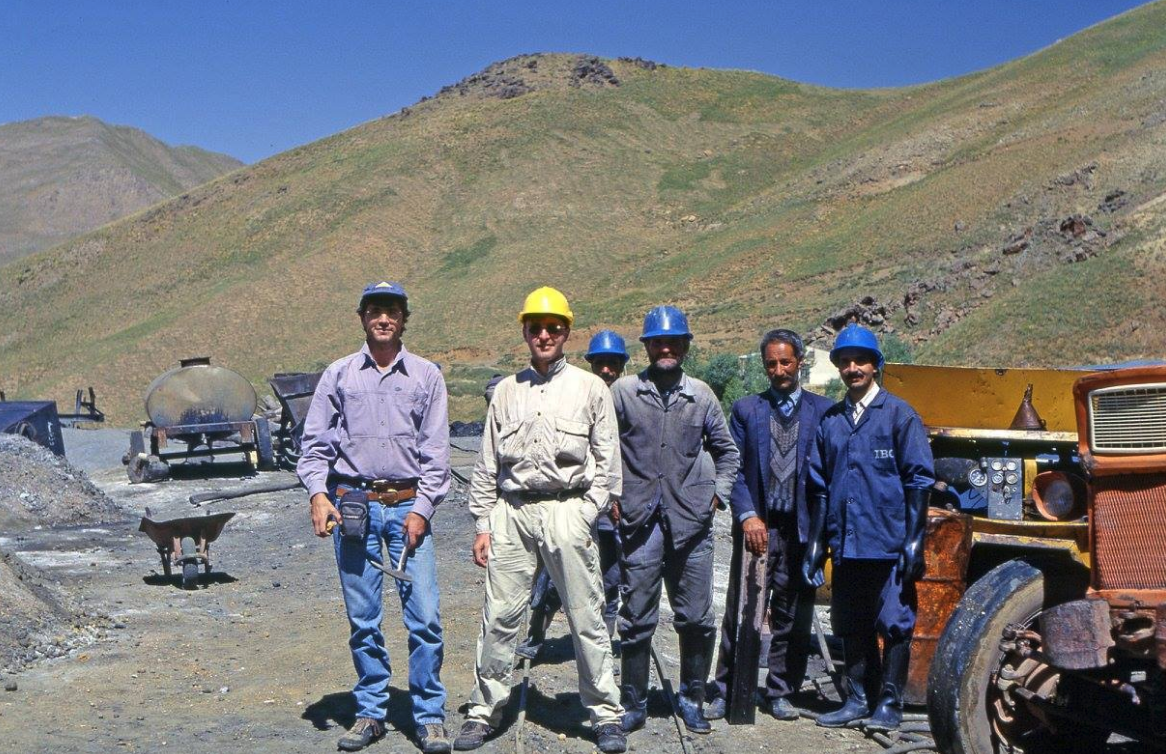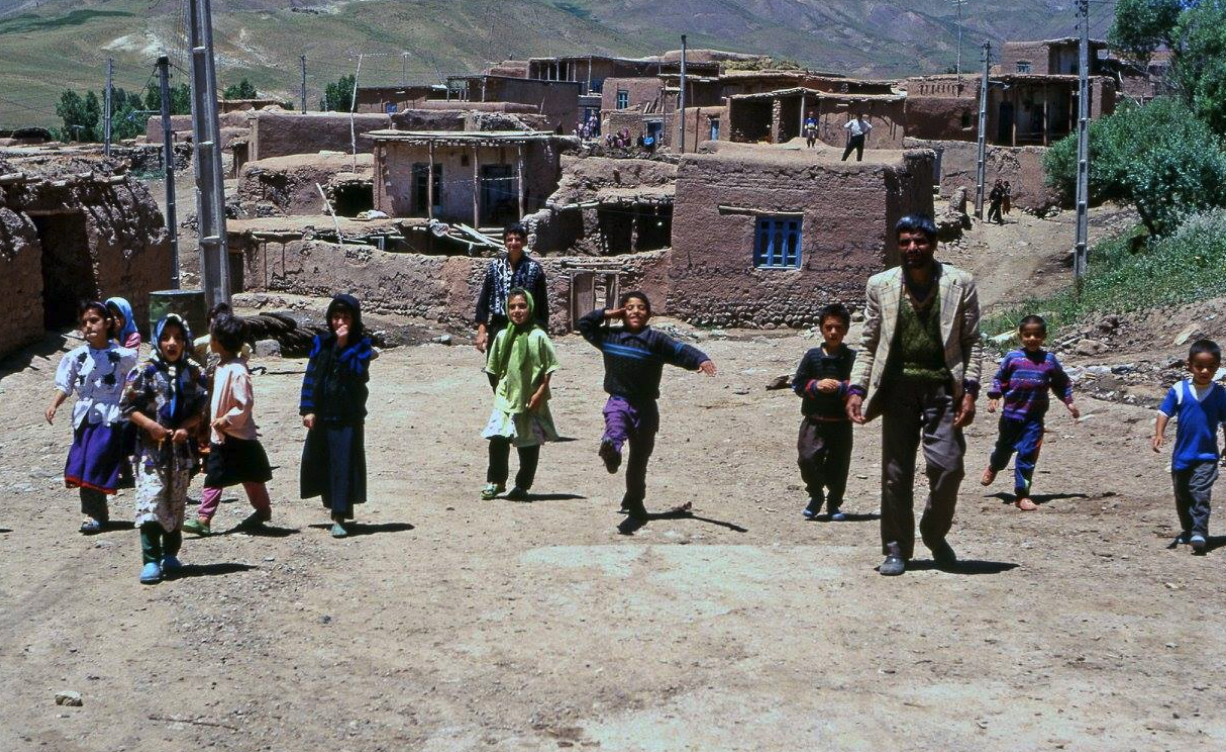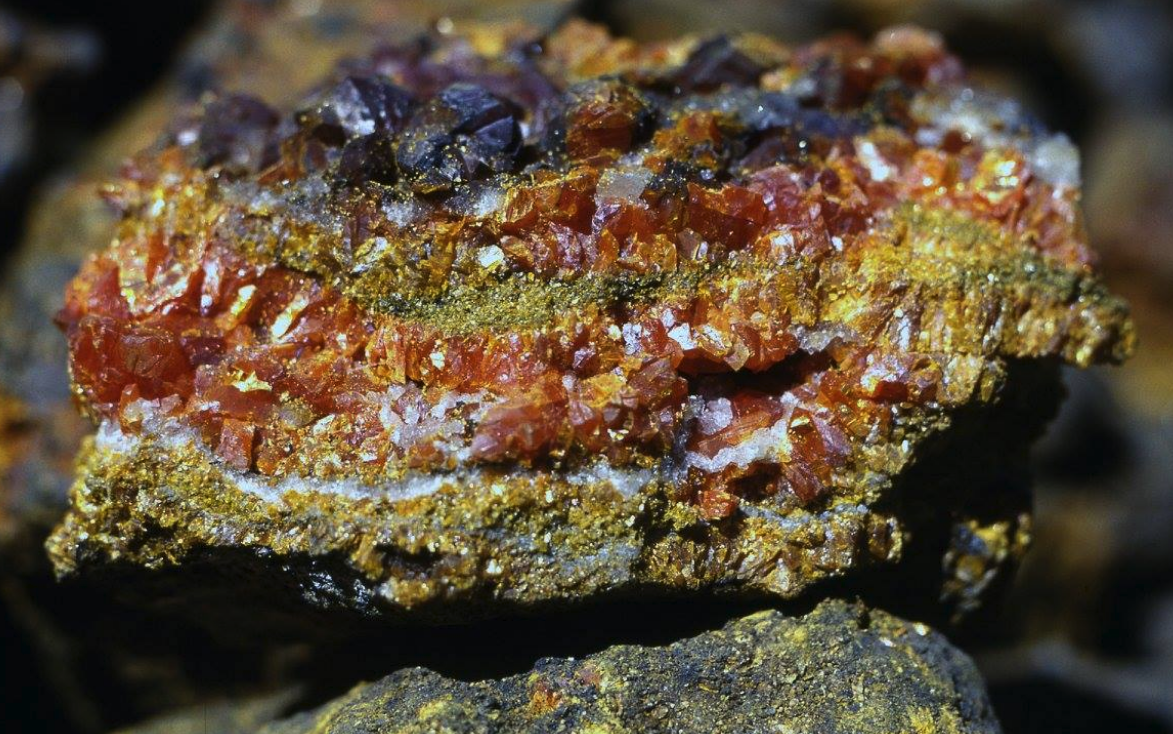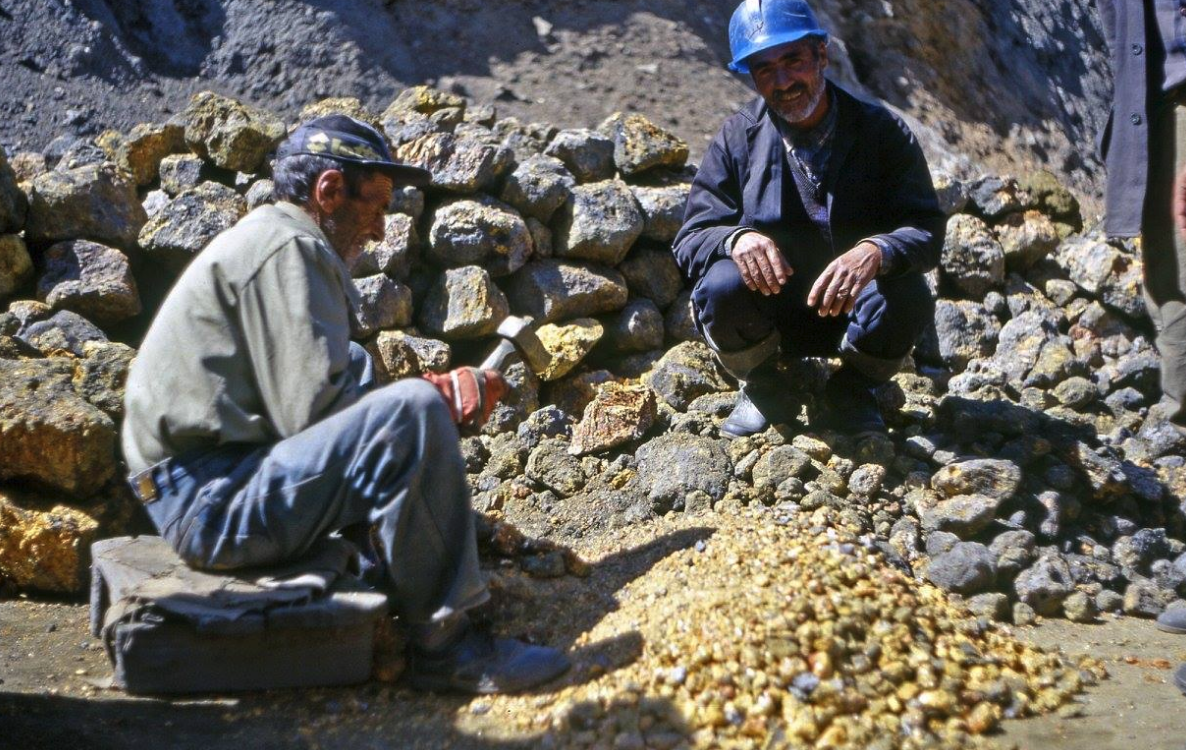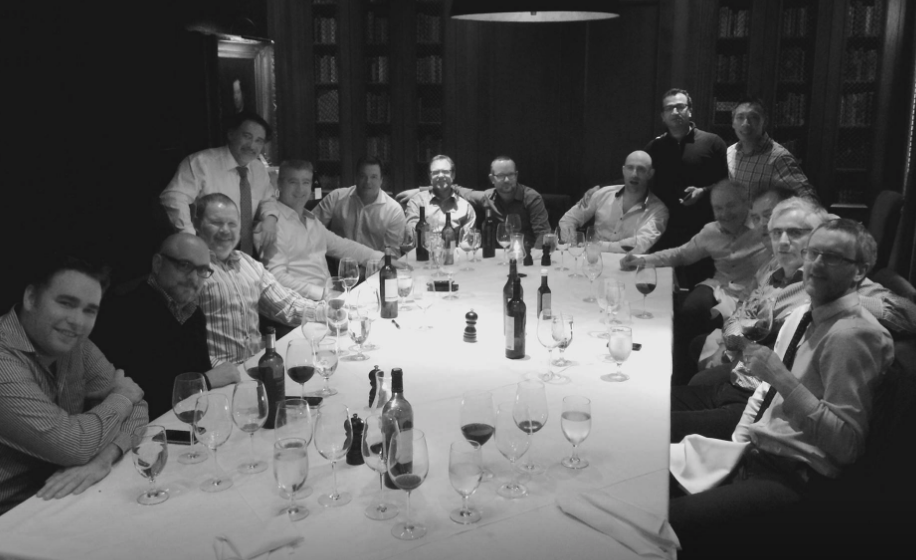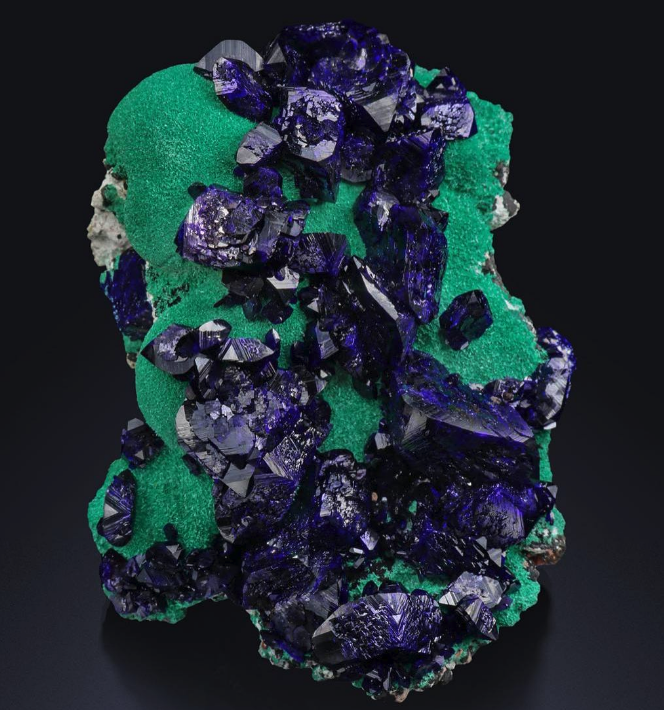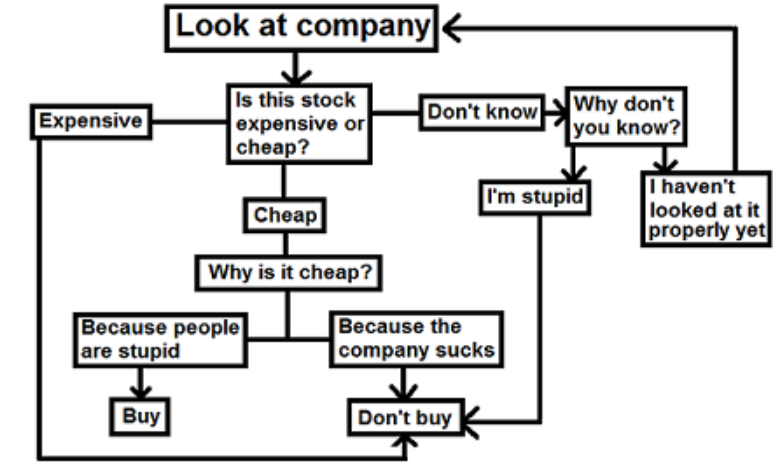The header should really say “Crows Can Count-ish.” Or they can at least tell when one group of objects has more objects than another group of objects, if you see what I mean.
This according to an interesting blog post from Scientific American which begins onimously:
“Crows hold a somewhat eerie status in our folklore. Perhaps inspired by their black plumage and coarse caws, stories and legends depict these birds as ominous creatures, messengers between the realms of the living and the dead, harbingers of death and misery. Crossing paths with a crow can be an unsettling experience, not least because it feels as though these highly attentive birds are scrutinizing us with their deep, penetrating gaze.”
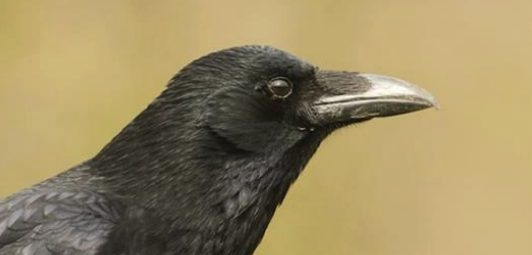
Photo from Scientific American
The post dispassionately sums up the findings of a series of experiments where scientists stuck wires into crows’ heads and made them do counting-related stuff. It’s all about the Corvids’ ability to compare quantities. “I’ve got more cheese than you” kind of stuff presumably. How on earth a crow can do anything, let alone count, with wires stuck in its head while rotting in a lab beats me.
https://blogs.scientificamerican.com/observations/counting-crows/?utm_source=facebook&utm_medium=social&utm_campaign=sa-editorial-social&utm_content=link-post&utm_term=biology_blog_text_free